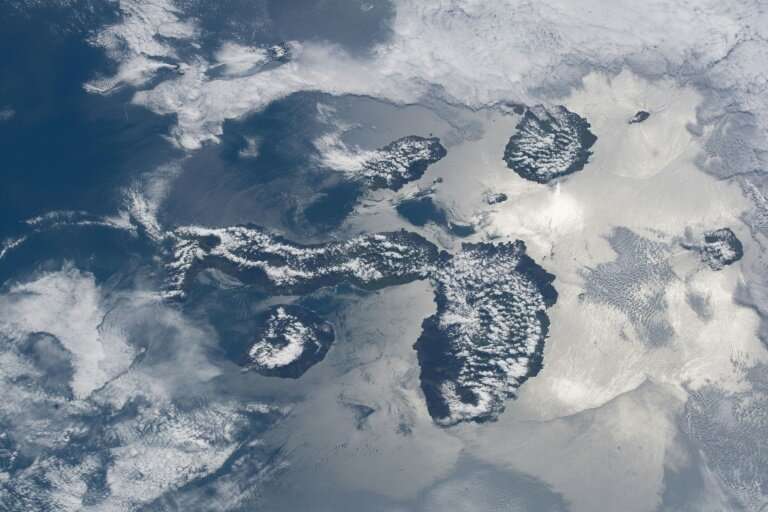Ecuador eradicates Galapagos rats using drones

Ecuador used drones to scatter rat poison on one of the Galapagos Islands in a bid to protect species including the world's only nocturnal seagull from the pests, the archipelago's national parks authority, PNG, said Thursday.
The experiment, in which 3,000 kilograms (over 6,600 pounds) of poison was distributed, was the first using drones, although some poison was also spread by rangers.
"The use of drones is more accurate, it also increases the feasibility and reduces the costs of eradicating the invasive rodents in small and medium-sized islands," said Karl Campbell, director of the Island Conservation organization, which supported the program.
The presence of the rats, an invasive species, "affected the unique ecosystems of these areas that are breeding grounds for various marine birds like frigatebirds and the earwig seagull," the PNG said in a statement.
The rat eradication program was completed a few days ago in North Seymour Island and the neighboring Mosquera islet.
Two types of rats were targeted: the black rat and Norwegian rat, the PNG said.
The Galapagos Islands, which lie 1,000 kilometers (600 miles) off the coast of Ecuador, are known for a number of endemic species, including giant tortoises.
It has one of the most fragile ecosystems in the world and UNESCO recognized it as a World Heritage Site biosphere reserve in 1978.
© 2019 AFP



















